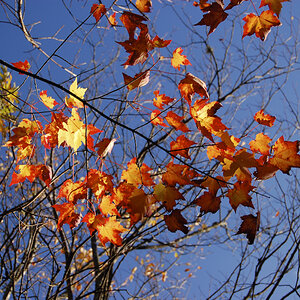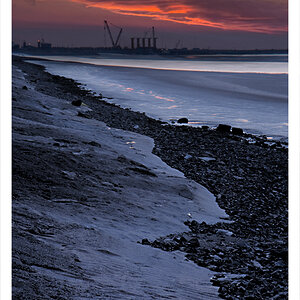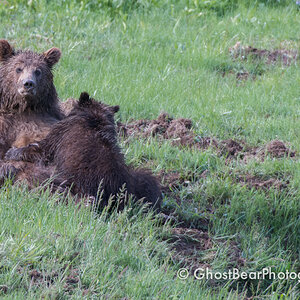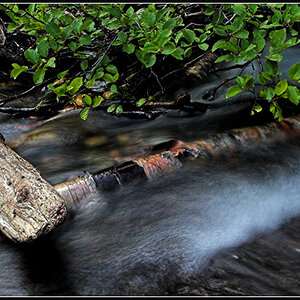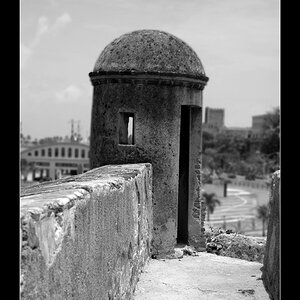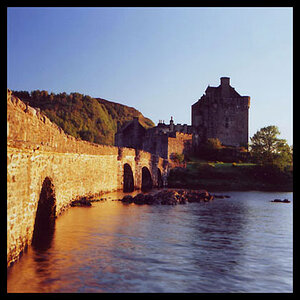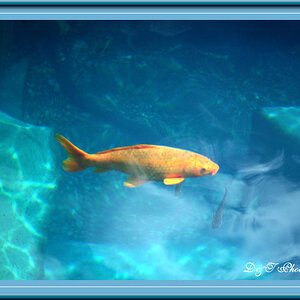Robin_Usagani
TPF Noob!
This is in response to this thread. If you pay attention in your physic class in HS or college, you should be able to follow my calculation.
http://www.thephotoforum.com/forum/macro-photography/326634-captain-america-water-drops.html
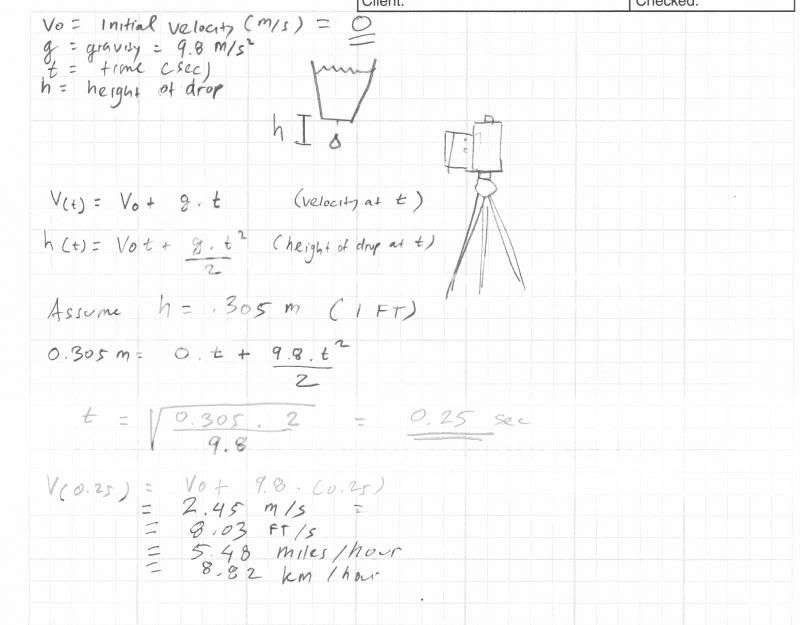
Now let's just assume we are not using a flash. Is derrel really saying you cant use the mechanical shutter to stop the motion of the water that is only 5.48 miles/hour? Give me a break. Of course you can use HSS to stop a water drop. It is not going that fast. If you are talking about a spinning tool, then of course HSS or ambient light is not going to cut it (High Speed Shutter vs. Ordinary Flash Sync). Usain Bolt average velocity is 23.4 mph. Is derrel really saying you can't stop motion of Usain Bolt? Fire away. I am just really sick of getting picked by derrel. I understand derrel is full of knowledge but he is not right all the time. Let the flaming begin. I was going to set up off camera HSS to shoot waterdrop to proof it (with tripod, constant drip, constant focus point), but I figured a simple physic calculation should do it.




http://www.thephotoforum.com/forum/macro-photography/326634-captain-america-water-drops.html

Now let's just assume we are not using a flash. Is derrel really saying you cant use the mechanical shutter to stop the motion of the water that is only 5.48 miles/hour? Give me a break. Of course you can use HSS to stop a water drop. It is not going that fast. If you are talking about a spinning tool, then of course HSS or ambient light is not going to cut it (High Speed Shutter vs. Ordinary Flash Sync). Usain Bolt average velocity is 23.4 mph. Is derrel really saying you can't stop motion of Usain Bolt? Fire away. I am just really sick of getting picked by derrel. I understand derrel is full of knowledge but he is not right all the time. Let the flaming begin. I was going to set up off camera HSS to shoot waterdrop to proof it (with tripod, constant drip, constant focus point), but I figured a simple physic calculation should do it.




Last edited:




![[No title]](/data/xfmg/thumbnail/37/37606-3c9ffb5906173fa2aa489341967e1468.jpg?1619738148)
